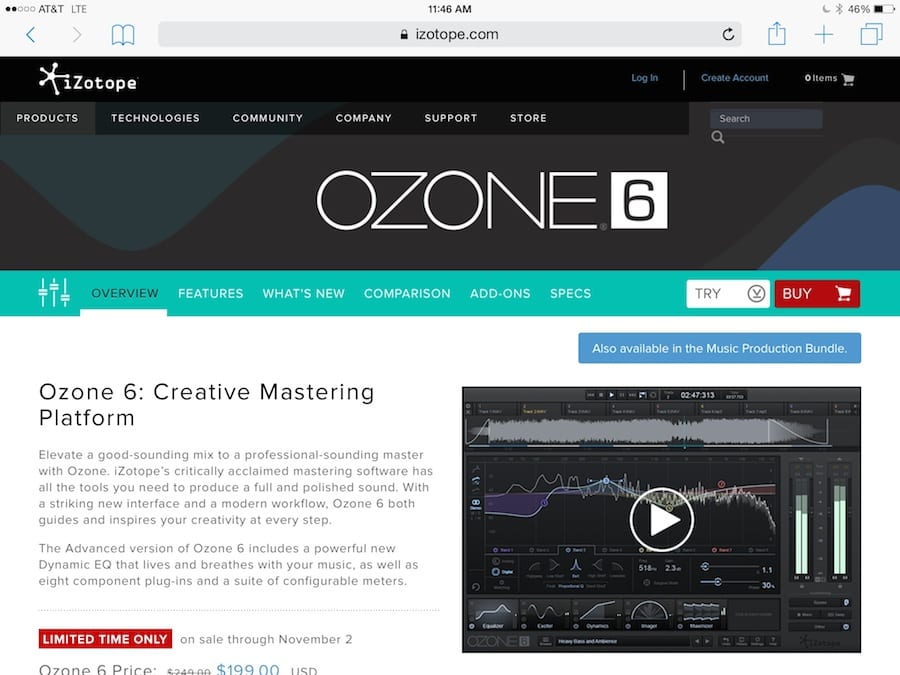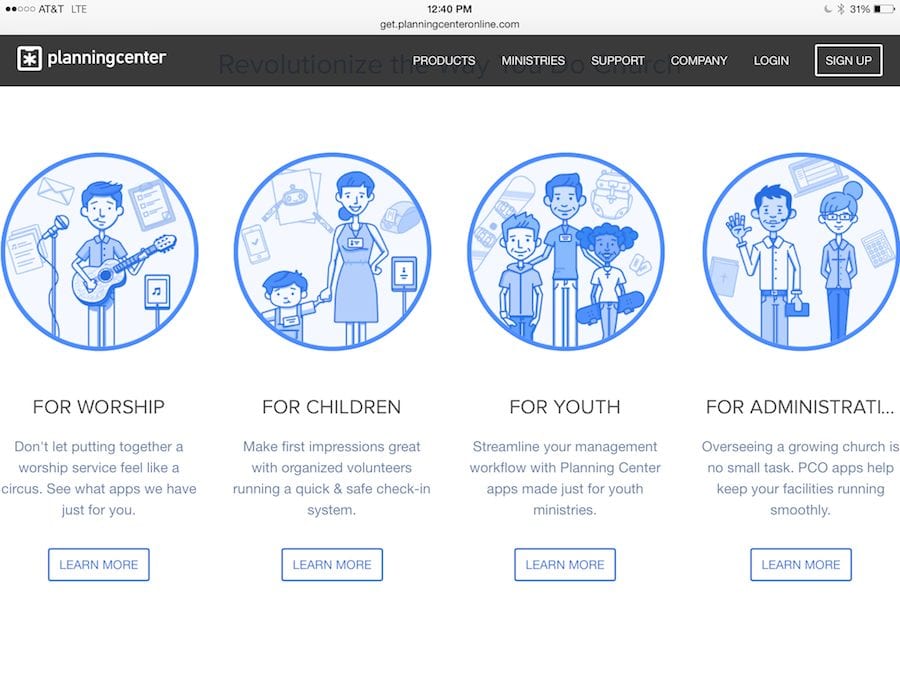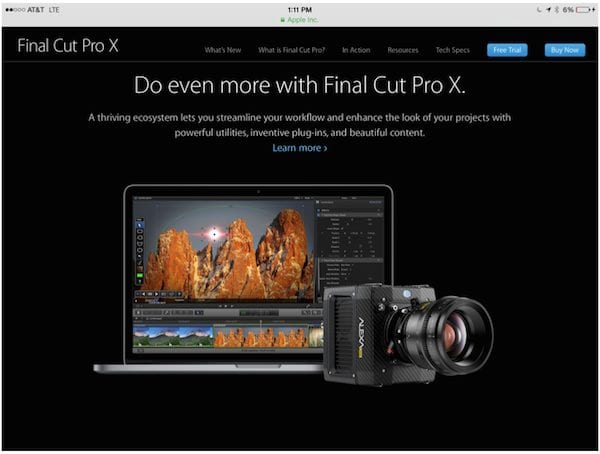Note: The following is part of our Creative Tech series. Creative Tech aims to educate and inform creative professionals about the ways technology can enhance their creative work experience.
Mastering your audio is a crucial final step in the music creation process. When recording a piece of music in a digital audio workstation such as Pro Tools or GarageBand, one would usually mix down the multi-track file to a stereo audio file when the mix is finished. In this typical scenario, the audio has been recorded and mixed with all EQ and effects added. The production process is completed and the track sounds “finished”.
This is where the mastering process enters the picture. There are many options for mastering at all price points. It’s important to understand what mastering can do for an audio file and balance that against the cost involved. Mastering is typically used to manage the file in several ways. Perhaps the file is not in the standard 16 bit, 44.1k sample rate CD format. A mastering program can convert the file to that or any of several formats including mp3. It is also common to use the Mastering software to add final EQ so the frequency response is full, balanced and lively sounding. Mastering also makes it possible to cut out any silence on a file before the song starts and to create a nice smooth fade out at the end if that is needed.
Mastering is also the step where you can maximize the loudness of a track so it seems more or less at the same volume as all the other music on the radio or on other peoples CDs. To do this, you would typically run the song through a limiter plug in which would reduce the transient peaks (loudest sounds) in the file. You can then increase the gain (volume) of the entire file so that it is as loud as it can be without actually distorting. Many mastering programs have presets that do both of these processes at once. Most pop music has gone through this process.
There is some controversy regarding this process. By its very nature, gain maximization reduces the dynamic range of the song. By that I mean that the softer, quieter sounds are less quiet and the peaks are pulled back, too. The entire track has a very consistent volume. This has become standard in pop music but would be very inappropriate in classical music, jazz and other types of music where you want to preserve the differences in volume in a sensitively performed track.
You can also take your finished mixes to a mastering engineer who will listen with fresh ears to your track and apply the tools with a broad understanding of what’s involved and desired.
Some of the popular mastering tools would include Audacity (free), Izotope Ozone 6, Sony Sound Forge Pro 10, Steinberg WaveLab, and IK Multimedia T-RackS to name a few.
It would be a good idea to try a free app like Audacity to find out what is possible. Many of the apps mentioned are somewhat expensive. Happy mastering!










Controversial? Overcompression and the loudness wars have destroyed popular music.
The most dangerous thing you can see on any older album now is the word “remastered.”
It’s a sad state of affairs when to get the best sounding version of any older album, you need to seek out original CD releases from any time before the mid-1990s.
A great example is Rhino; their 1970s compilation CDs are absolutely wonderful, but if you look at their 1980s compilation CDs they’re all compressed with dynamics removed, it’s absolutely horrific.